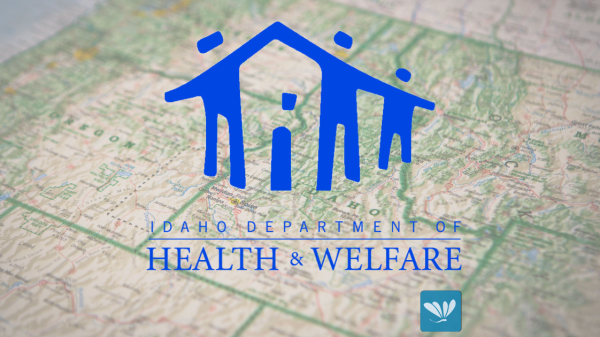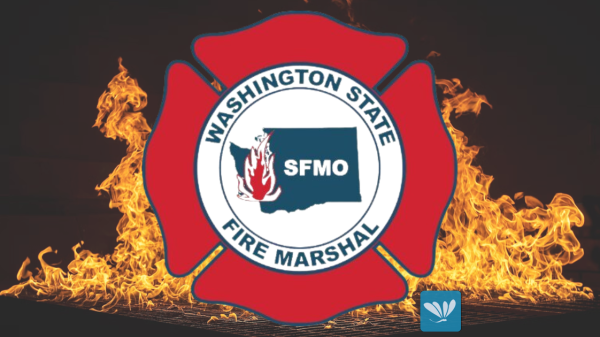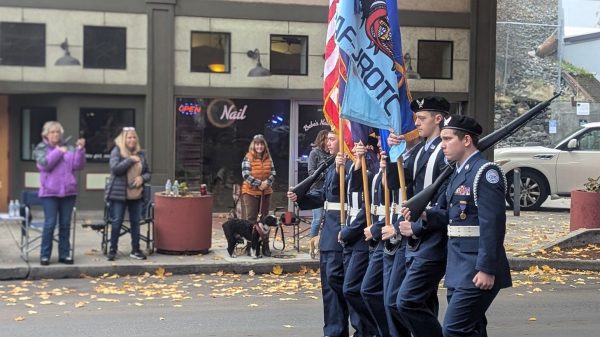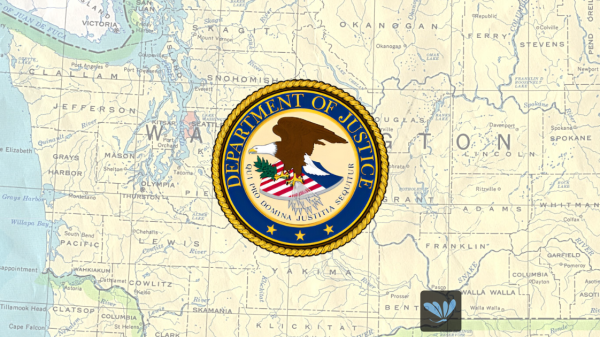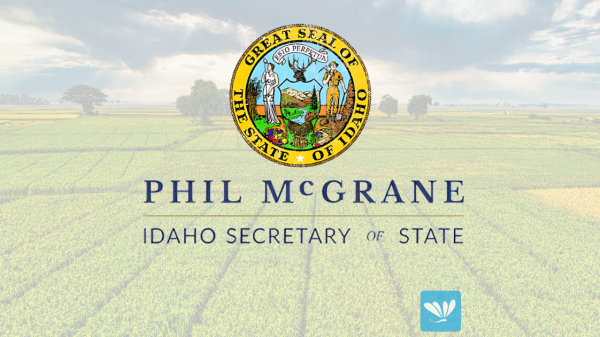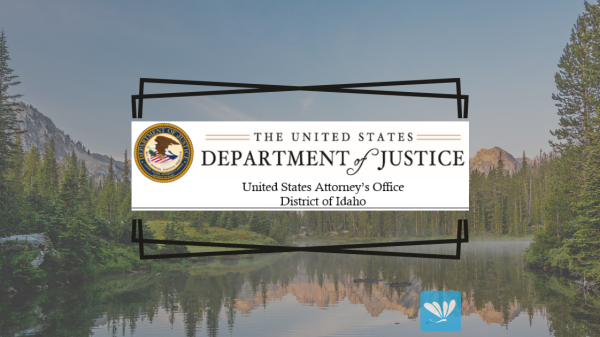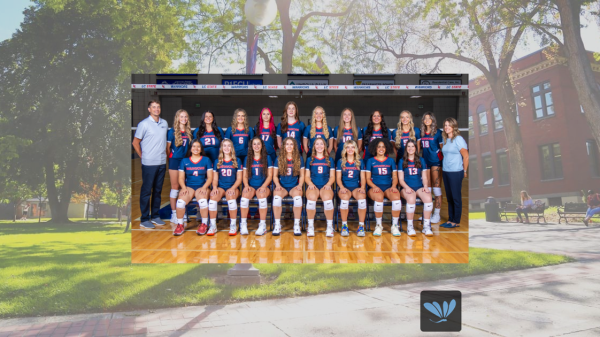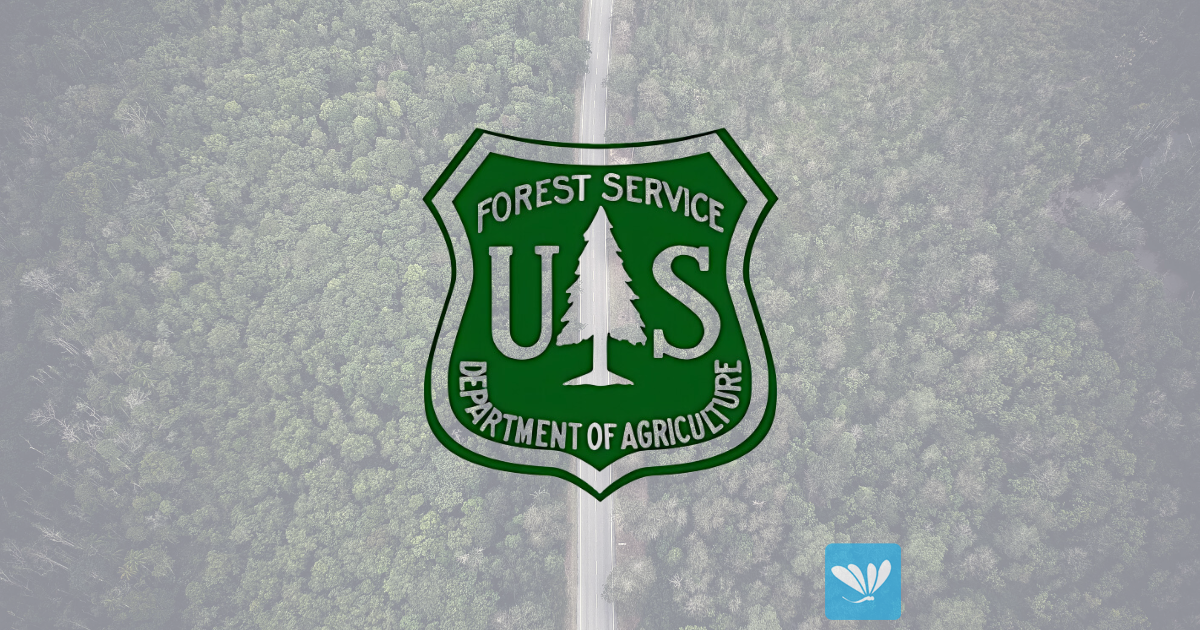KAMIAH, Idaho: September 6, 2024— The Grangeville Aviation Center is a critical component of wildland firefighting strategies in North-Central Idaho, serving as a base for airborne firefighters, fire monitoring flights, and planes that dump retardants on active wildfires. Its personnel and assets enable the Nez Perce-Clearwater National Forests, Idaho Department of Lands, and Nez Perce Tribe Fire Management to effectively suppress wildfires in the rugged and often inaccessible terrain of North-Central Idaho.
But, if a structural fire or aviation emergency occurs within the Grangeville Air Center, the Grangeville Fire Department, which is more experienced with structural fires and aviation emergencies, would be the agency responding. To prepare for such an incident, the two agencies held a preparedness exercise that enabled the Air Center’s personnel to support the Grangeville Fire Department and that educated Grangeville’s firefighters on the possible hazards at the air center, best procedures and access points at the air center, and that enabled both agencies to communicate seamlessly. On the evening of August 12, 16 members of the Grangeville Fire Department toured the Air Center with its staff, learning about the types of aircraft stationed there, their fuel types, the procedures for rescue from these aircraft, the fire hydrant locations at the Air Center, and numerous other important factors that will inform any emergency response.
Jeremy Beeson, manager of the Grangeville Air Center, explained the origin of this exercise: “They’re the professionals when it comes to responding to aircraft related accidents. Our people are highly trained when it comes to wildfire, but they’re not tooled up and trained for aircraft accidents. It was a good opportunity to get the local fire department to learn the emergency procedures for these aircraft and learn their fuel types, how much, and learn the emergency procedures for extraction.” Grangeville Fire Chief Brian Perry concurred: “we want to walk hand in hand and develop procedures that both agencies will understand and that will identify what resources are available.”
These procedures especially included establishing communications protocols: “We need to speak the same language. Forest Service personnel often use internal codes and acronyms instead of plain language. We agreed not to use those on a joint response,” Perry said. “This unified command system will cut down on chaos. We have now established what radio frequencies are appropriate, outlined a command structure, and developed evacuation procedure.”
The end result is cooperation that ensures the “All Hands, All Lands” approach used in North-Central Idaho wildfire fighting extends to possible incidents at the Grangeville Air Center. Perry explained: “Touring the Grangeville Air Center made me aware of how critical Grangeville Fire is if an incident occurs there and how important it is to be prepared and aware long in advance. If there is a scene there, they really need us. We have the compressed foam and all of the tools to help the pilots in an emergency situation. We rely on the Forest Service in our rural areas, but in that same way, they need us too.”








